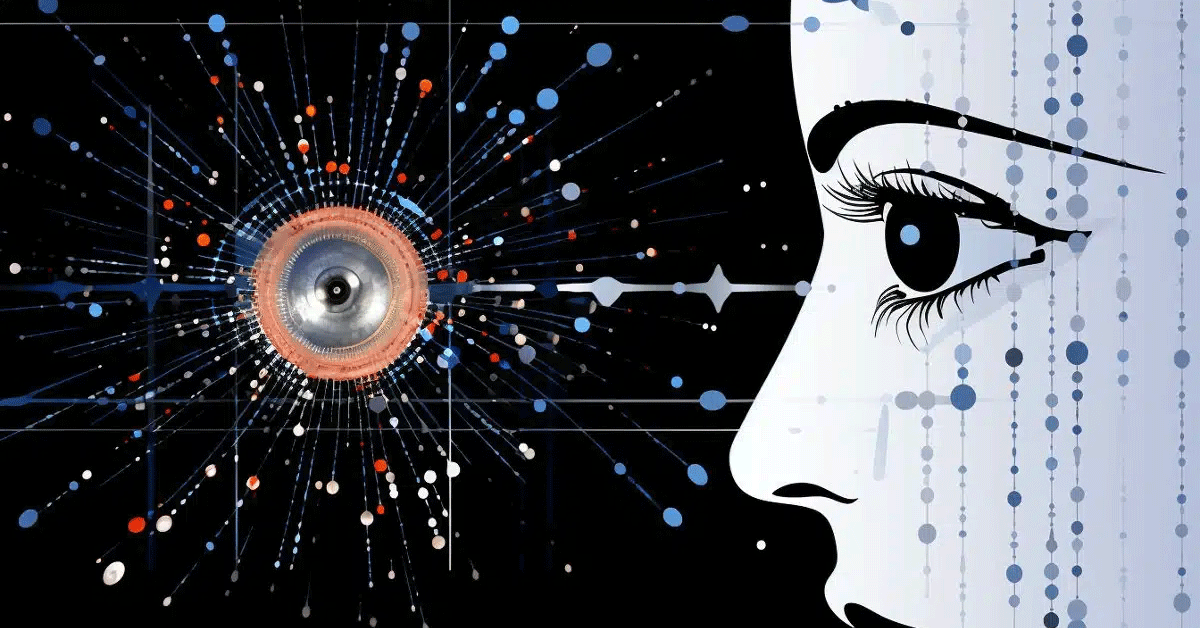We are in a great technological time period. That amazing technology, mixed with AI, is changing the way we live. Whenever we go a little bit deeper to talk about Artificial intelligence, there is a concept called CNN. No not the news agency. In AI, it's a whole other topic.
Convolutional Neural Networks (CNNs), or some people call them ConvNets, are a class of deep neural networks. Their specialty is Analyzing visual imagery, especially when it comes to image recognition, object recognition, and dealing with pixel data or pattern recognition.
Do you remember we talked about how Google Photos identify you? Yes, that is the power of CNN. They're part of the bigger family of artificial neural networks, a subset of machine learning. We talked about that before.
Deep learning is CNNs. That's how CNN can handle massive amounts of data. It basically ditches the old techniques and dives deep into hidden layers for better results.

So, Do you know computer vision? It’s a field all about decoding visual data. 2012 was when the AlexNet crew from the University of Toronto created history, winning the ImageNet computer vision contest with an astounding 85 percent accuracy. AlexNet, named after Alex Krizhevsky, became the poster child for CNN.
ImageNet is a massive dataset with millions of labeled images that basically gave life to CNNs in 2012. Before that, back in the '80s, CNNs only recognized handwritten digits in postal sectors.
So now you might ask, what about Convolution and mathematics? Let me try to explain it in simple terms: Convolution is a math move on two functions, creating a third function that's all about how one shape changes the other. That’s it.
So, what's the job of a ConvNet? It's transforming images into a simpler form for easy processing while keeping the crucial features intact for spot-on predictions. But CNNs hunger for a ton of data for training and feast on hefty computing resources.
Inside of CNN

As I said before Convolutional Neural Networks (CNNs) are very good at data analysis like image recognition, object classification, and pattern recognition. CNN architecture is a clever mimic or imitation or even we can call it a copy of the connectivity pattern of the human brain, with neurons strategically arranged like the brain's frontal lobe.
This arrangement ensures they avoid the pesky piecemeal image processing problems that bug traditional neural networks. And guess what? These new technologies outshine the old networks when dealing with image, speech, or audio signal inputs.
When we talk about CNN, we must remember Artificial Neural Networks (ANNs) are the backbone of deep learning. They're the toolkit that includes the CNNs and Recurrent Neural Networks (RNNs). RNNs are for handling sequential or time series data, making them a go-to for tasks involving natural language processing (NLP), language translation, speech recognition, and image captioning.
Linear Algebra is behind the CNNs to identify patterns within images through matrix multiplication. Meanwhile, the concept of a Connectivity Pattern is what gives CNNs their structure, covering the entire visual field.
When you look bit closer at Recurrent Neural Networks (RNNs), you find LSTM (Long Short-Term Memory). It's behind predicting word sequences, showcasing the versatility of neural networks.
And let's not forget the Image Classification. Well, Image Classification is how the scenes ensure your computer knows a cat from a dog.
Layers of convolutional neural network

CNN Layers form the powerhouse of deep learning, a trio including the mighty convolutional Layer, the savvy pooling layer, and the brains at the end, the fully connected (FC) layer. We have to understand the layers to get the hang of CNN. So let me explain it.
Convolutional Layer
The convolutional Layer is the stage for the majority of computations, making it the core building block. The kernel or filter moves to check features across the image's receptive fields. The kernel sweeps across the entire image through multiple rounds of this search, calculating a dot product at each step.
The result? Disclosure in the form of a feature map or convolved feature, a numerical interpretation of the image. This is the key to unlocking the secrets within, allowing CNN to understand the image and extract those oh-so-relevant patterns.
pooling layer
The pooling layer, akin to the convolutional Layer, trims down the parameters and sacrifices some details, but hey, it's a wise move. Complexity shrinks, and efficiency soars.
FC layer
The FC layer, where image classification decides the image's fate based on features gathered from the previous layers. It's fully connected, but not all layers join the party to avoid a chaotic network. That way, we dodge losses, keep quality intact, and save our computational dollars.
How do convolutional neural networks work?
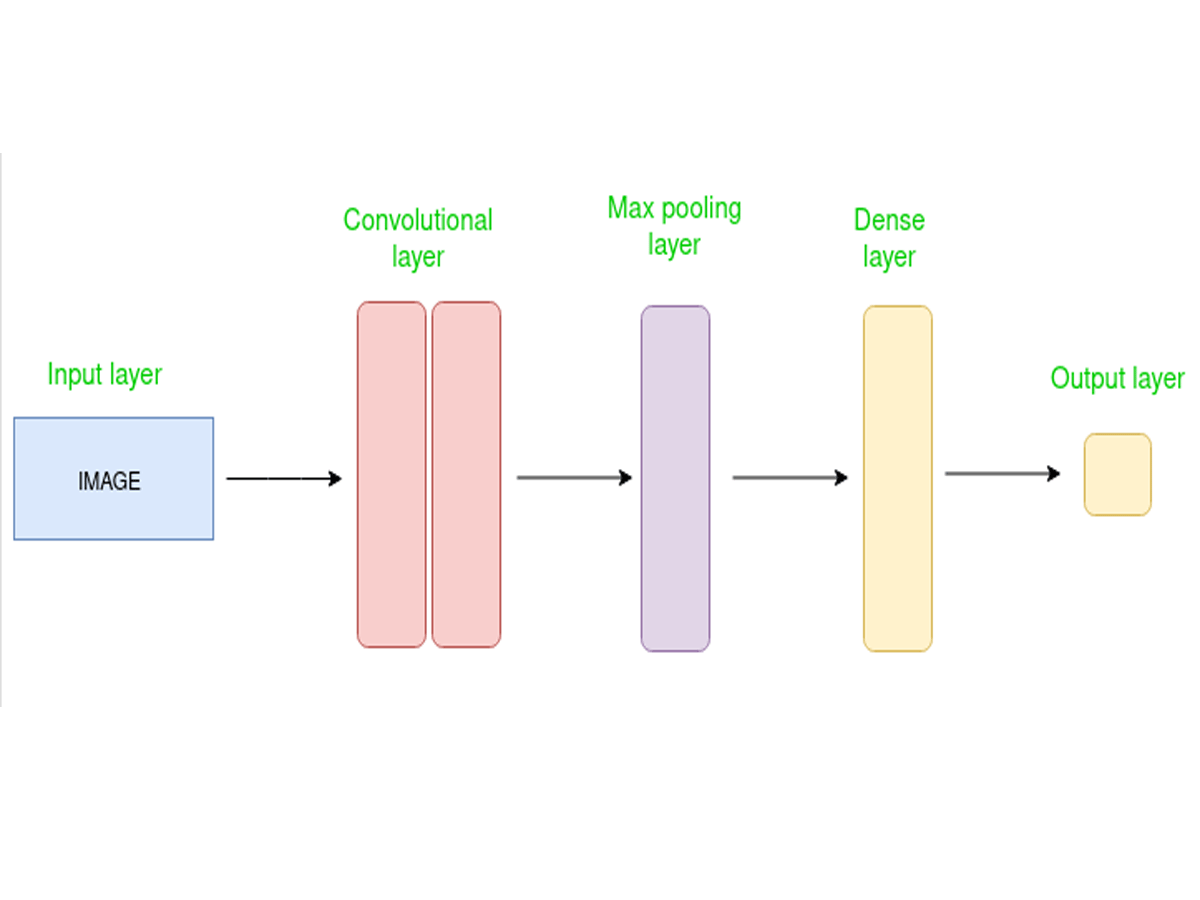
To understand how Convolutional Neural Networks (CNN) works, we have to look back at the layers of this computational. CNN is equipped with layers that detect different features of an input image. At its core is the filter or kernel, a small entity applied to each image, crafting a progressively refined output.
In the initial layers, simplicity reigns, gradually escalating in complexity. Each layer contributes to recognizing an entire object, culminating in the final layer, an FC layer, where the image or object is officially acknowledged.
The essence of CNNs lies in the convolution operation, where the input image undergoes a series of filter encounters. These filters activate features and pass on their findings to subsequent layers. This repeats through numerous layers, allowing the CNN to grasp diverse features and ultimately unveil the complete object.
So, Convolution Neural Networks (Covnets) are networks that share parameters. Image as a cuboid with dimensions, and envision a small patch or kernel traversing the image, a process known as convolution. This operation introduces more channels and depths, transforming the image into a new numerical representation.
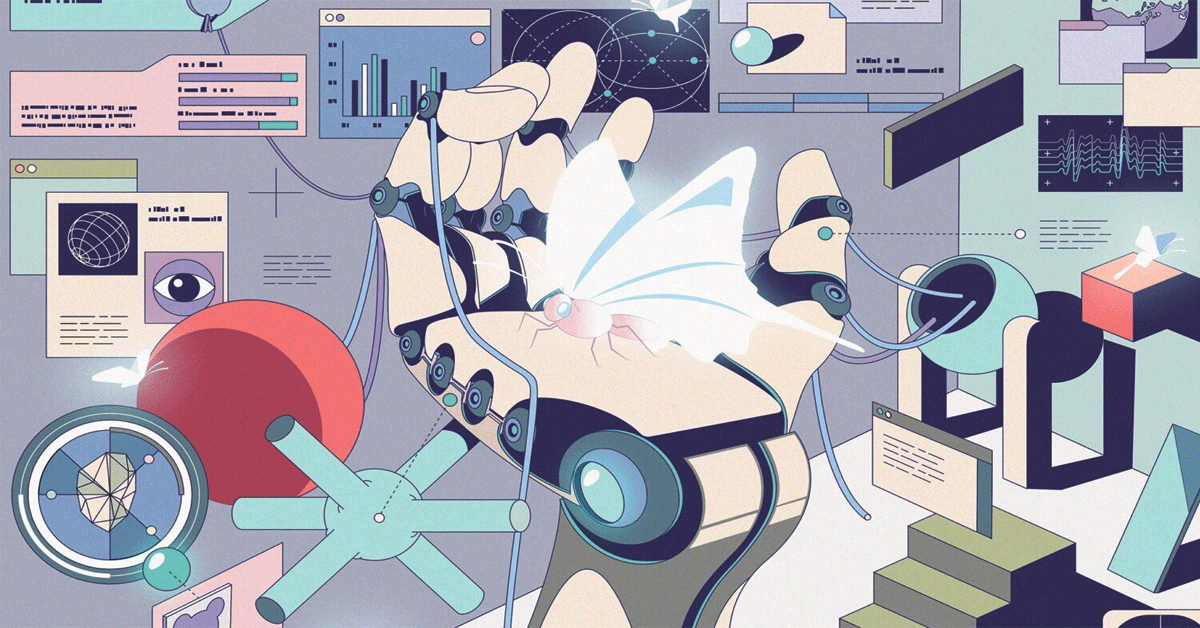
When we dig into the mechanics of convolution layers, we find learnable filters working their magic—for instance, convolution on a 34x34x3 image with filters of dimensions axax3. The forward pass involves sliding filters with each step, a stride, calculating dot products, and stacking outputs into a 2-D result with a depth matching the number of filters.
The backbone of CNNs, the layers used to build ConvNets, orchestrates a transformative sequence. This architecture, known as Covnets, is a symphony of layers, each transforming one volume to another. Types of layers include:
- Input layers for receiving input.
- Convolutional layers for feature extraction.
- Activation layers for adding nonlinearity.
- Pooling layers for size reduction.
- Flattening for one-dimensional vectors.
- Fully connected layers for final computations.
- The output layer for classification.
We must mention the mathematics of convolution; it's about filters with specific dimensions sliding over the input volume. Strides, dot products, and stacking unfold, creating a 2-D output volume with depth determined by the number of filters. This forms the crux of CNNs, unraveling the complexity behind their image-processing prowess.
CNNs vs. neural networks - Similarities and Differences

Now I'm going to explain the similarities and differences of ANN vs. CNN. The primary challenge faced by conventional neural networks (NNs) lies in their limited scalability. While a regular NN might yield acceptable outcomes for smaller images with fewer color channels, the situation changes as the image size and complexity grow.
This escalation demands more computational power and resources, compelling the adoption of a more extensive and costlier NN.
Overfitting in NNs is like a pesky friend who learns too much, cluttering its understanding with details and noise, messing up its vibe with real-world test data.
Parameter sharing is the secret that makes CNN special and worthy. Each node in every layer collaborates seamlessly, and the weights stay put.
ANNs rely on weights, an activation function, and mimic our brain's neural network. They tweak their understanding based on a "cost function. " Meanwhile, CNNs are, casting layers on images, interpreting them through math, rectified linear units, and fully connected layers. They don't need to tweak weights; they process data for distinct features and a classy classification output.
On the flip side, CNNs are:
- The rebels.
- Vibing with images.
- Creating feature maps.
- Revisiting the same data multiple times, like remixing a song for a fresh take.
Now, let's talk a bit more about image classification. ANNs demand explicit data points for features, like asking for specific cat or dog traits. But there's a twist – they convert 2D images into 1D vectors, beefing up trainable parameters and cost.
Meanwhile, CNNs are automatically extracting spatial features. They can use computer vision, nailing image classification without human supervision.
And now, the grand stage of data classification. ANNs are all-rounders, ideal for data problems detecting complex relationships between variables. But here's the twist – they demand more data inputs for high accuracy. On the flip side, CNNs are heavyweights, often seen as overkill for data classification due to their storage and hardware cravings.
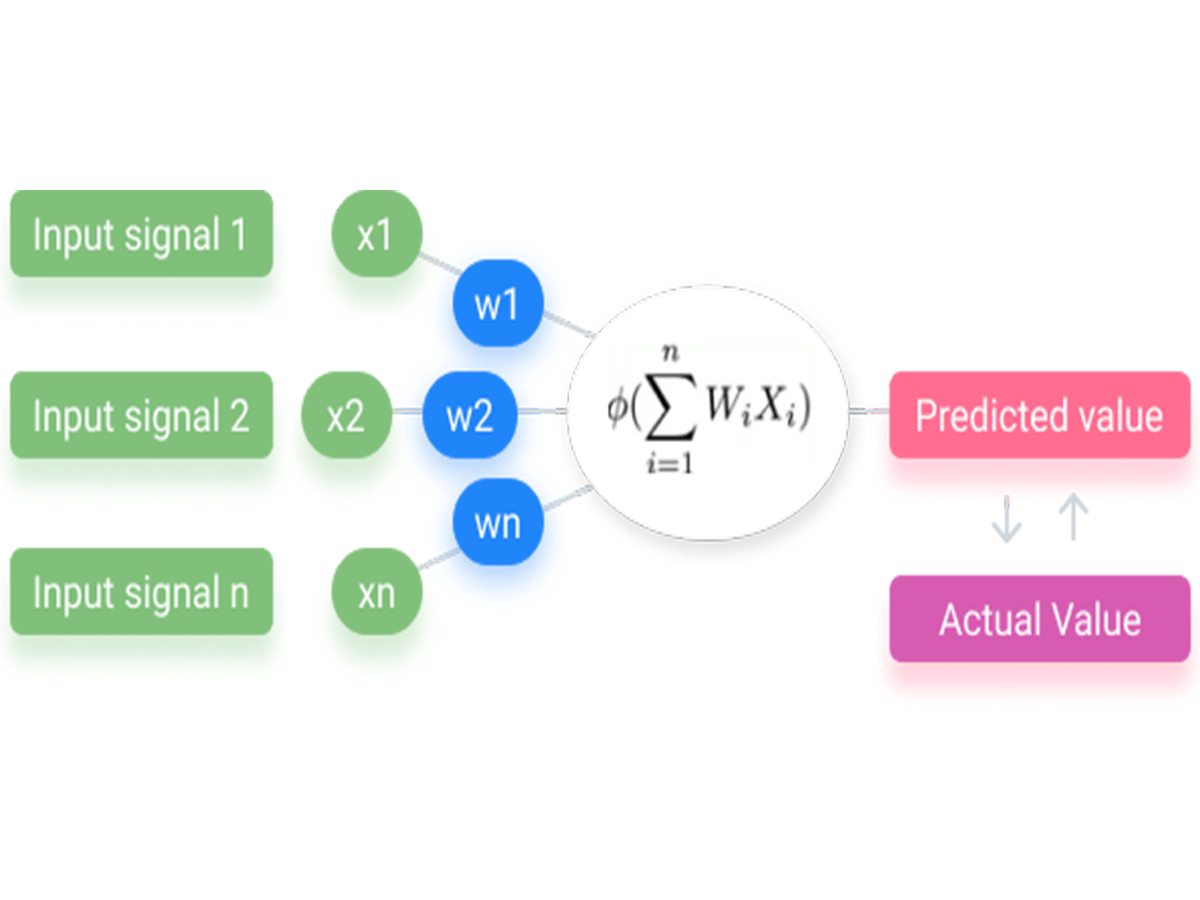
Why CNNs Matter and Reali Life Applications
CNNs have become integral in numerous applications related to computer vision (CV) and image recognition.
- In healthcare, they play a crucial role in detecting anomalies within patients' visual reports, such as the presence of malignant cancer cells. In medical imaging, CNNs scrutinize pathology reports, providing a visual detection method for the presence or absence of cancer cells.
- Automotive industries are leveraging CNN technology to advance research in autonomous and self-driving vehicles. On social media platforms, CNNs excel in tasks like identifying individuals in user-uploaded photographs streamlining the process of user tagging.
- Industries reliant on object detection, particularly in automated driving, harness the capabilities of CNNs to identify signs and objects, which is crucial for informed decision-making.
The versatility of CNNs extends to synthetic data generation, where GANs come into play, generating new images applicable to areas like face recognition and automated driving.
- In the retail sector, especially in e-commerce, CNNs enable visual search, recommending products that align with users' preferences; additionally, in law enforcement, facial recognition powered by CNNs, often using Generative Adversarial Networks (GANs), aids in producing images vital for training models.
- Moreover, in virtual assistants, CNNs play a pivotal role in audio processing, accurately learning and detecting user-spoken keywords, and effectively steering actions and responses.
- Audio processing capabilities shine in microphone devices, where CNNs are adept at precise keyword detection within spoken phrases.
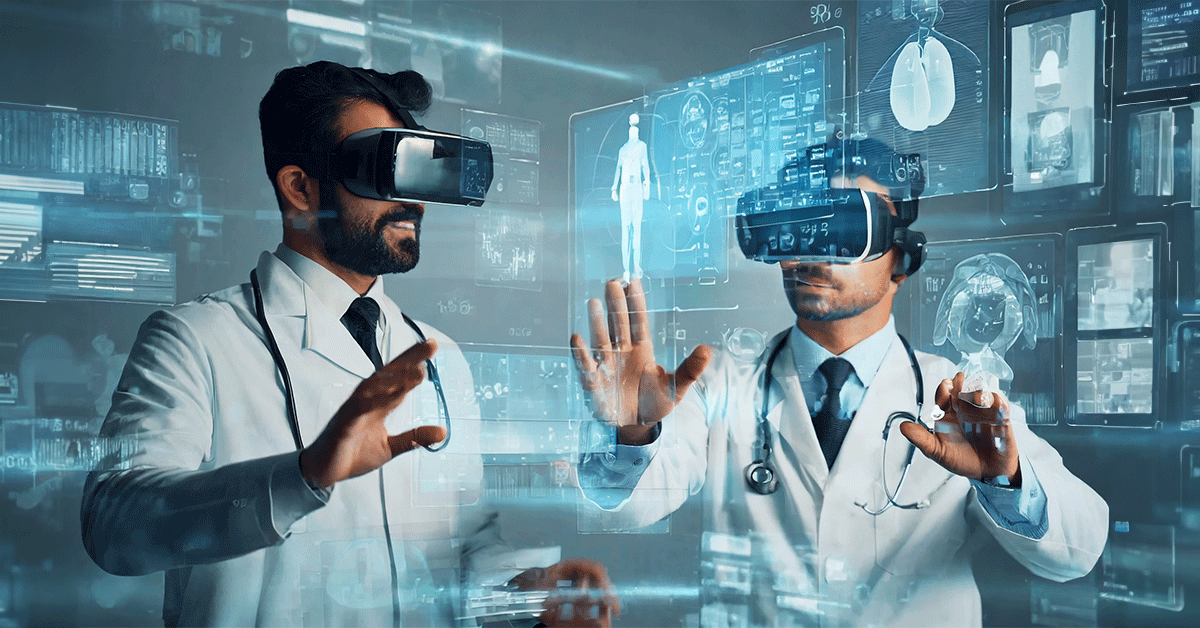
When to Use CNNs:
The nature of the data drives the decision to utilize CNNs. When confronted with a large amount of complex data, especially image data, CNNs are the optimal choice. Additionally, they exhibit prowess in handling signal or time-series data, provided suitable preprocessing aligns with the network structure.
The practical application of CNNs involves a strategic approach. Engineers and scientists prefer commencing their projects by working with a pre-trained model, and notable models like GoogLeNet, AlexNet, and Inception offer a solid starting point.
Advantages & Disadvantages of Convolutional Neural Networks
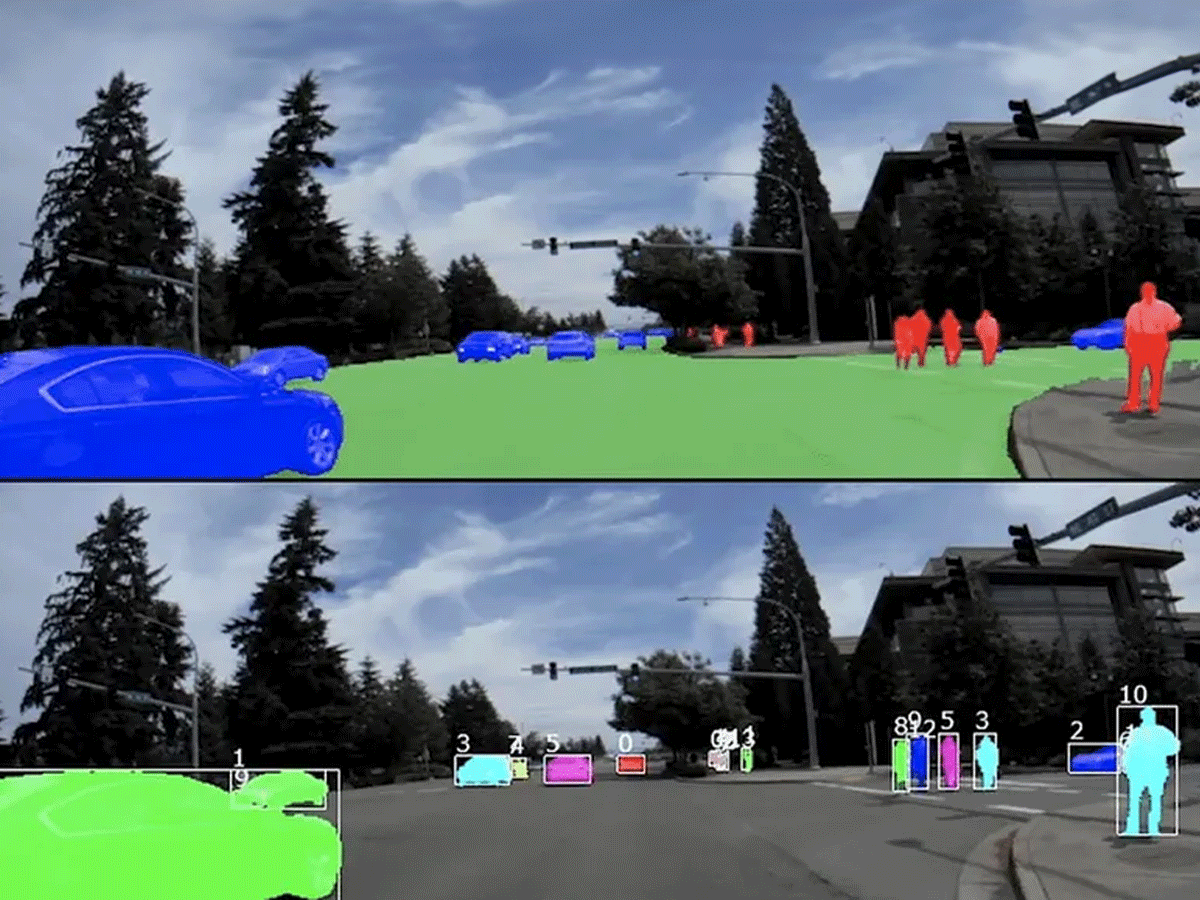
Advantages
There are advantages & disadvantages to CNN. When we look at deep learning, leveraging Convolutional Neural Networks (CNNs) emerges as a game-changer. Deep learning, a dynamic subset of machine learning, too, thrives on neural networks, and CNNs take the lead with a minimum of three layers. More layers mean more accuracy, leaving single-layer networks in the dust.
Here, Recurrent Neural Networks (RNNs) and CNNs play crucial roles, depending on the task. CNN is the best choice for tasks like image recognition, classification, and computer vision.
What makes them stand out is the direct learning process. As data flows through layers, CNNs grasp object features without using manual extraction, making feature engineering obsolete.
The perks don't stop there; CNNs are versatile. They can be retrained for fresh tasks and seamlessly integrate with existing networks, avoiding a surge in computational complexities or costs.
Add to this their computational efficiency, thanks to parameter sharing, and their ease of deployment on any device, from computers to smartphones. CNNs aren't just tools but the architects of practical, real-world applications, simplifying the complex without breaking the bank.
Here is a list of the main advantages and disadvantages of CNN.
Advantages of Convolutional Neural Networks (CNNs):
- Good at detecting patterns and features in images, videos, and audio signals.
- Robust to translation, rotation, and scaling invariance.
- End-to-end training, no need for manual feature extraction.
- Can handle large amounts of data and achieve high accuracy.
Disadvantages
Despite the impressive power and resource complexity of CNNs, they do have their limitations. Sure, they excel at recognizing intricate patterns and details, things our eyes might miss. But CNN struggles to grasp the true contents of an image.
Take a simple example: a CNN might accurately tell you the ages in a photo, like someone in their mid-30s and a child around 10. Yet, it misses the richness of human interpretation, like a potential father-son day out or a victorious soccer goal.
In practical terms, CNNs faced a tough social media content moderation battle. Despite rigorous training on diverse content, they stumbled at blocking everything inappropriate, famously flagging a 30,000-year-old statue on Facebook.
It turns out CNNs, even with their prowess, can't always get it right. Studies unveil that when it comes to object detection, especially under changing lighting conditions and angles, CNNs still grapple.
However, their significance is undeniable. Despite their quirks, CNNs sparked a revolution in artificial intelligence. Today, CNN is used in everyday tech, from facial recognition to image editing and augmented reality.
Here is a list of the main disadvantages and disadvantages of CNN
- Computationally expensive to train and requires a lot of memory.
- It can be prone to overfitting if not enough data or proper regularization is used.
- Requires large amounts of labeled data.
- Interpretability is limited; it's hard to understand what the network has learned.

These significant strides remind us that despite their prowess, we still need to crack the code of human intelligence with ConvNets.
